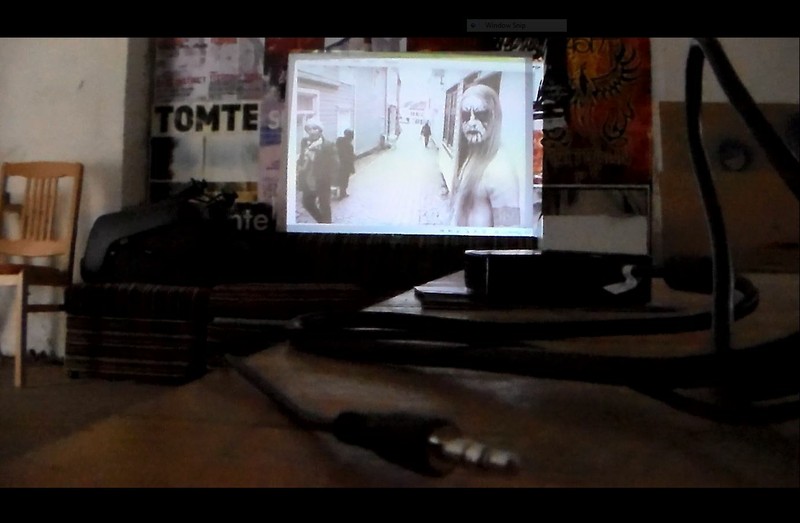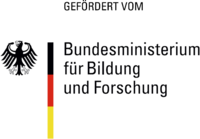The Icon Lab
The Icon Lab is one of the methodological instruments used in the research of the subproject. It´s not only a physical space in the Academy but also a portable, universally usable and applicable method of research.
The background of the development of this method was the task of dealing with images/ pictures related to ´revolution` and ´utopia` properly, in order to avoid unfounded assumptions that are not located in the images´ content. It would have been to simple, for example, to conduct research based on images supplied by the internet to draw conclusions in regards to visual cultures around the two guiding concepts of revolution and utopia, since then the project would have established fixed archives. Those would have only reflected the trends of the time: the project started in 2013. The ´arab spring` would have been emphasized as well the images of political figures like Muammar Gaddafi and Robert Mugabe, that display an existing dispositive in Africa, dictatorial geriatric regime and power. Therefore the method of the Icon Lab seemed to be more appropriate in terms of the complexity of African visual cultures and their diasporas. The archive that is in question is only being created through the participants of the Icon Lab itself.
The question on revolution is consciously asked in a very broad sense, since the term can be used in a lot of different ways and areas. The shared characteristic however is the fact that revolution is always about radical social change, which expresses itself also on images or is even generated in images. We refer here to Hobsbawm´s definition of revolution in ´The Age of Revolution`(1962): revolution as a drastic, persisting social change. What and how it is changed depends on the participants´ own understanding of revolution. Hence, the definitions of revolution, handed in in images as a form of visual communication, extent from decolonialisation to the implementation of democracy and the civil rights, the overcoming of apartheid and segregation, as well as cultural techniques and the change of the conditions of production.
The choreography of the method is explained easily: guests and research partners of the Academy are invited to bring five images that speak about revolution to them. Speak is understood here in the way Bredekamp uses it in his picture act model (Bredekamp 2007): in his „Theorie des Bildakts“ images are seen as actively speaking, posing statements.
 |
|
Mobile version of Icon Lab in a session with photographer Frank Marshall, Bayreuth, October 2013 |
This assumption structures Bredekamp into the ´schematic` (the images as exemplification), the ´substitutive` (the images acts as a body, e.g. the double helix) and the ´intrinsic`, where the power of the image is derived from its formal elements. Bredekamp remains vague in the identification of the point or relation in the image through which the energy of the images transforms. Something similar is described by the photographer William Greiner, whose work is engaged in the presence of iconic images, like Martin Luther King´s or Malcom X´s. “Insignificant objects in the frame take on larger symbolic meaning,“ writes Greiner. “We as viewers are left to consider images frozen in time, altered not by their aging but our own.”
Icon Lab Participants amongst:
Gilbert Ndi Shang/Kamerun, Sam Ndogo/Kenia, Alain Ricard/France, Mauro Pinto/Mozambique, Luis Carlos Patraquim/Mozambique, Licinio Azevedo/Mozambique, Kara Lynch/USA, Emeka Alams/USA, Sidney Casfir/Kenia, John Mateer/South Africa, Jim Chuchu/Kenia, Jessica Williams/USA, Ato Malinda/Kenia, Tosh Gitonga/Kenia, Serawit Bekele/Ethiopia, Ronex/Uganda, Youssef Wahboun/Morocco, Peggy Piesche/Germany, Marco Russo/Austria, Tobias Rupprecht/Germany, Frank Marshall/South Africa, Kupakwashe Mtata/Zimbabwe, Kae Sun/Canada,...



